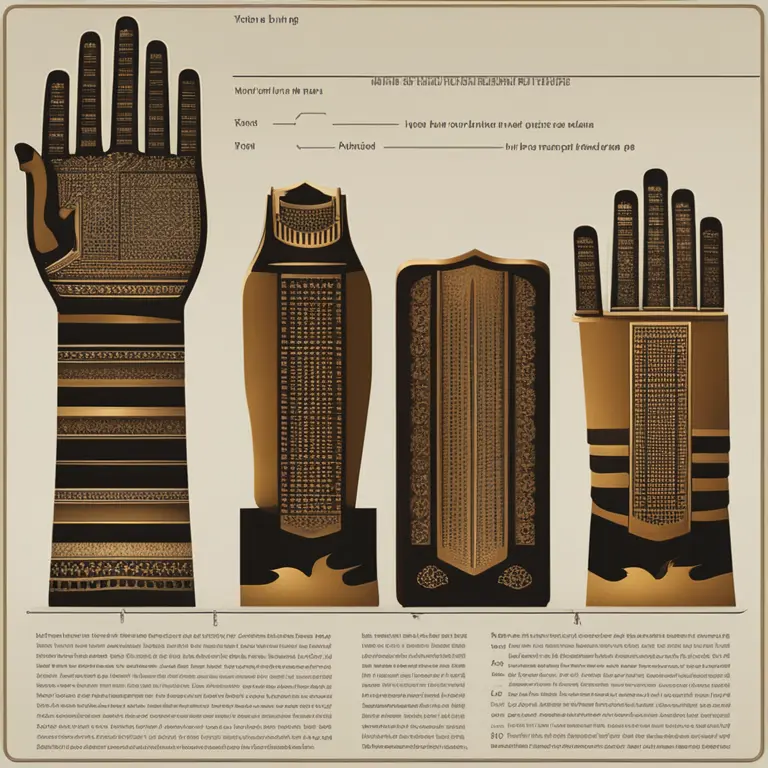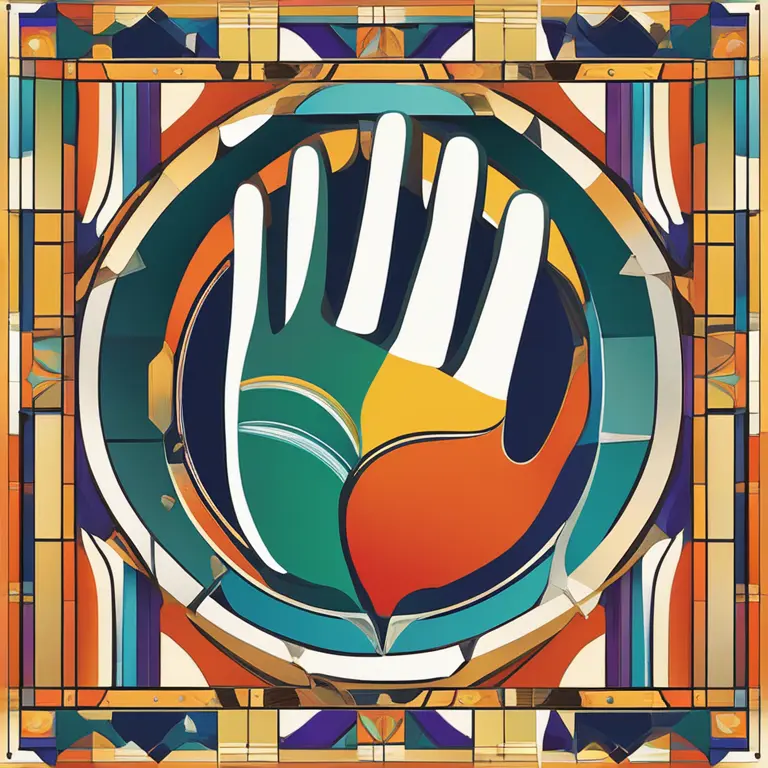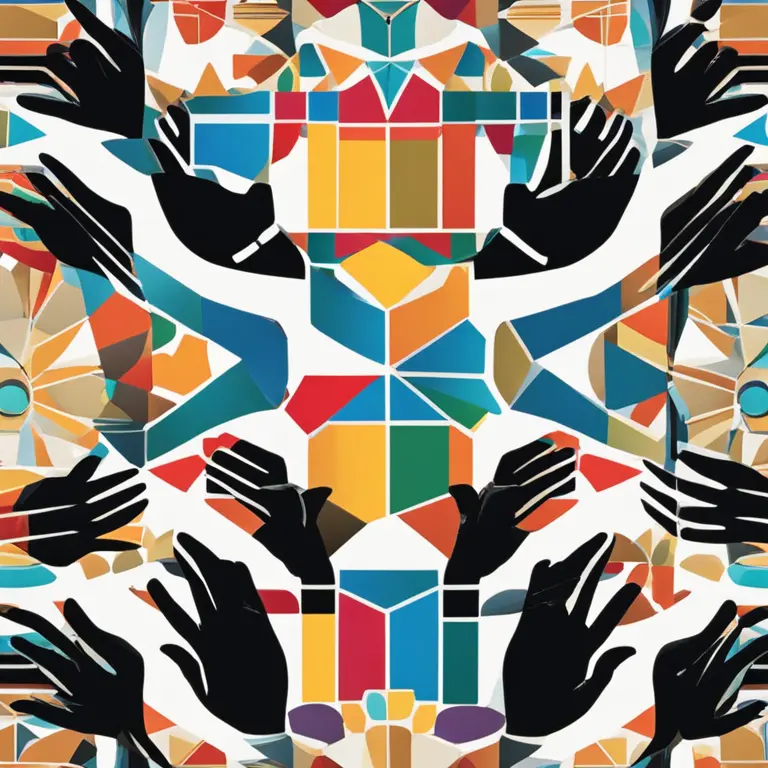
The Core Principles of Palmistry
Delve into the core principles of palmistry with this enlightening guide to hand analysis.
article by Nora Pennington
The Foundation of Palmistry
Palmistry, or chiromancy, has been a window into the personality and potential future for individuals since ancient times. As we cross the threshold into 2024, the ancient practice remains a captivating discipline, intertwining the art of observation with esoteric wisdom. At its foundation, palmistry posits that the lines on your palms, their shapes, and other hand features symbolize your character traits and life experiences. Enthusiasts and professionals alike regard the practice as a tool for self-discovery, rather than an absolute means to predict the future. By understanding the underlying concepts, we embark on a journey to appreciate the unique stories etched onto our hands.

Lines of Significance
Central to palmistry are the lines crisscrossing our palms, each with its own story to tell. The Heart Line, winding across the upper part of the palm, reflects emotional intelligence, love, and compassion. Below it, the Head Line signifies intellectual tendencies and mental prowess. The Life Line marks the vitality and vigor of a person's existence, curving from the edge of the palm around the thumb. Additionally, the Fate Line, though not present in every individual, traces one's life path and the impact of external factors. These lines, in their lengths, depths, and intersections, offer insights into different facets of our lives.

Mounts and Their Meanings
Beyond the lines, palmistry also examines the mounts, or raised areas of the palm. Each mount relates to a different planet with its associated attributes. The Mount of Venus near the thumb speaks to love and sensuality, while the Mount of Jupiter below the index finger represents ambition and leadership. Saturn, under the middle finger, indicates wisdom and a sense of responsibility. The mounts of the Sun, Mercury, Mars, and the Moon each contribute to the tapestry of personality traits, and their prominence can amplify certain aspects of an individual, such as creativity or communication skills.

Assessing Hand Shapes
Hands are as diverse as the people they belong to, and palmistry categorizes them according to elemental qualities: Earth, Air, Fire, and Water. Earth hands are broad with square palms, symbolizing practicality and reliability. Air hands feature square or rectangular palms with long fingers, denoting intellectual and social qualities. Fire hands have short fingers and rectangular palms, reflecting enthusiasm and impulsiveness. Lastly, Water hands are recognized by their long, oval palms and long fingers, illustrating a sensitive and intuitive nature. Recognizing these hand types is the first step in a holistic analysis.

Fingers and Fingertips
Not to be overlooked are the fingers and the markings upon them. Each digit corresponds to particular characteristics – the confident Jupiter finger, the logical Saturn finger, the dynamic Sun finger, and the communicative Mercury finger. The thumb, in its flexibility and shape, reveals willpower and self-assertion. Moreover, the fingertips themselves, whether square, spatulate, conical, or pointed, add another layer of detail to a person's character, hinting at their approach to work, interaction, and thought processes.
Ridges and Texture
An advanced aspect of palm reading is the examination of the skin texture and ridges, often overlooked in casual interpretations. A soft hand might imply sensitivity and adaptability, whereas a rough texture could indicate a more rugged nature. Whorls and loops in the fingerprints can also provide additional insight into a person's uniqueness and potential talents. With the advancements in dermatoglyphics, the scientific study of these patterns, interpretations continue to evolve, offering deeper understanding and personalized readings.
Cultural Considerations and Modern Adaptations
It's paramount to recognize that palmistry's rules are interpreted through cultural lenses; what might be a universal symbol in one society can bear a different meaning in another. As we progress further into the 2024 landscape, the field adapts to integrate psychological insights and emphasizes personal empowerment rather than deterministic prophecy. Therefore, those who study palms are encouraged to use this knowledge as a guide to foster growth and self-improvement, respecting the diversity and dynamism inherent in the art form.
Published: 1/11/2024
Modified: 1/12/2024
More predictions
Come back here soon to learn more about yourself and your future


Can Palmistry Foresee One’s Demise?
Delve into the contentious debate about whether palmistry can predict the end of life and the ethical considerations of such a claim.


The Efficacy of Palmistry: Real Insight or Fancy?
Delve into the validity of palmistry as a form of divination. Is there a truth behind the lines on our palms, or is it just a charming fancy?


Palmistry: The Historical Overview
Delve into the dawn of palmistry and trace its journey through the corridors of time, uncovering the roots of this ancient practice.